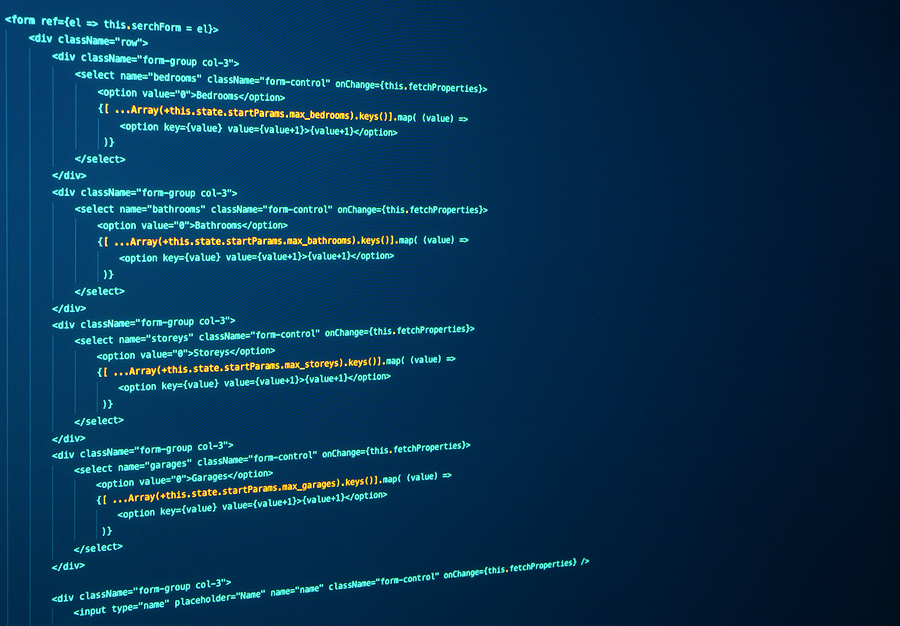After passing the application development process, the next step is to deploy the application to the destination server. Before doing the deployment, the application must be tested first. Processes such as testing, building and deployment can actually be run automatically using automated deployment tools such as:
- Jenkins
- Travis CI
- CodeShip
- TeamCity
To do the integration of one process with another process such as testing then running the building and then deploying, in this case often called Continuous Integration. In the Continuous Integration process, there are at least 2 types, namely Continuous Deployment and Continuous Delivery.
– Continuous Deployment is the deployment process that is run automatically starting from testing, building to deployment to the production server
– Continuous Delivery is the deployment process that is run automatically starting from testing, building, but for the deployment process will be done manually. Usually the one who deploys to the production server is the highest IT manager to ensure the application runs smoothly. In this article, we are going to talk about Jenkins.
What is Jenkins?
At first, we need to understand what it is for. Jenkins is an open source continuous integration software tool developed in Java. It is related to a presentation of the concept of continuous integration. Continuous integration allows developers to make changes to source code in a shared folder several times a day or more frequently. By using the integration, it is possible to detect possible problems upstream. Some continuous integration tools also allow deploying the modified applications to test servers, among other features. Continuous integration is convenient because it eliminates the need for developers to wait for the software to be fully developed before testing. This method also allows you to locate bugs precisely, without having to skim the entire source code. Updates are deployed faster, and automation helps prevent human error.
The functions:
Knowledge of the Jenkins standard functions on system, security, build jobs, node and plugins management with minimal use of individual plugins is required in the questionnaire of the bronze certificate. The further Jenkins certificates are then used with the silver and gold certificates functions including scripting and build pipeline queries. In a global online community, the easiest way to know if someone is able to run Jenkins is asking for the Jenkins Certification. Today, the certification training is available online.
A Jenkins administrator must be able to:
– Install, configure and make Jenkins software available to users;
– Integrate, manage and maintain Jenkins servers in an existing IT landscape as well
– Plan and implement new solutions in close coordination with users.
In addition, a Jenkins administrator can competently support the following fields of application:
– Continuous integration lifecycle (e.g. build, delivery and test processes);
– Technical management (e.g. monitoring, maintenance of the entire IT infrastructure and individual services);
– System maintenance, administration (e.g. automated process of service requests) and
– Implementation of the IT structures in a cloud system
The special thing about this professional field is that it is a knowledge-based software whose knowledge pool is organized not as part of an IT department, but like a global community. In addition, a Jenkins administrator can respond effectively to spontaneous events, since he can not only search the Internet for an expert tip, but can also direct his questions to a Jenkins expert or ask a general question.
In a global online community, recognition is very important and of course the recognition is set in a virtual / online framework. That is why taking Jenkins Certification online is highly recommended for every IT developer who feels the need to integrate his system in a more modern environment.
Image Source: BigStock.com (licensed)
Related Categories: Work, Reviews, Tech








